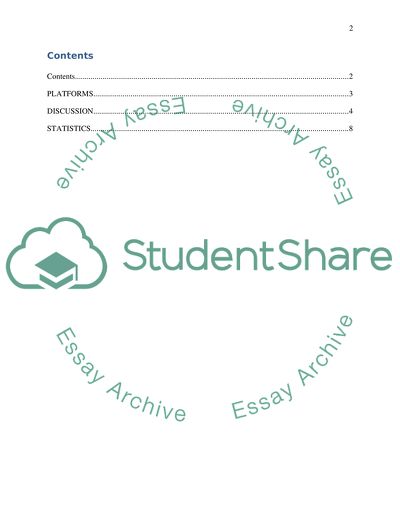Cite this document
(“Tourism Management: The current system analysis and encroachment Essay”, n.d.)
Retrieved from https://studentshare.org/tourism/1443684-tourism-management
Retrieved from https://studentshare.org/tourism/1443684-tourism-management
(Tourism Management: The Current System Analysis and Encroachment Essay)
https://studentshare.org/tourism/1443684-tourism-management.
https://studentshare.org/tourism/1443684-tourism-management.
“Tourism Management: The Current System Analysis and Encroachment Essay”, n.d. https://studentshare.org/tourism/1443684-tourism-management.


